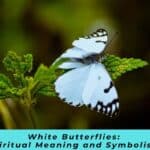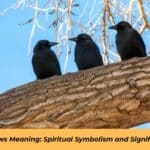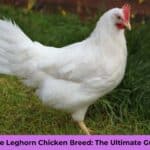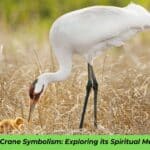Ohio’s diverse landscapes, from lush forests to sprawling prairies, provide a haven for a stunning array of yellow birds in Ohio.
Whether you’re an avid birdwatcher or a casual nature enthusiast, the Buckeye State offers a golden opportunity to observe these vibrant creatures.
In this comprehensive guide, we’ll explore 24 yellow bird species that call Ohio home, either as year-round residents or seasonal visitors.
Introduction: yellow birds in ohio
Ohio’s geographical location along major migration routes makes it a birdwatcher’s paradise. The state’s varied ecosystems support a rich diversity of Ohio bird species, including many with striking yellow plumage. From the ubiquitous American Goldfinch to the elusive Prothonotary Warbler, these feathered friends add splashes of sunshine to Ohio’s wildlife scene.
Birdwatching in Ohio has become increasingly popular, with enthusiasts flocking to hotspots like Magee Marsh and Cuyahoga Valley National Park. The thrill of yellow bird identification adds an extra layer of excitement to any outdoor excursion in the state.
Ohio Birding Hotspots (yellow birds in ohio)
| Location | Best Time to Visit | Notable Yellow Species |
| Magee Marsh | Spring migration (May) | Yellow Warbler, Prothonotary Warbler |
| Cuyahoga Valley National Park | Year-round | American Goldfinch, Yellow-throated Vireo |
| Shawnee State Forest | Spring and Summer | Hooded Warbler, Kentucky Warbler |
| Ottawa National Wildlife Refuge | Spring and Fall migrations | Yellow-rumped Warbler, Common Yellowthroat |
Vireos: Nature’s Olive-Clad Songsters (Yellow birds in ohio)
Philadelphia Vireo: The Subtle Charmer
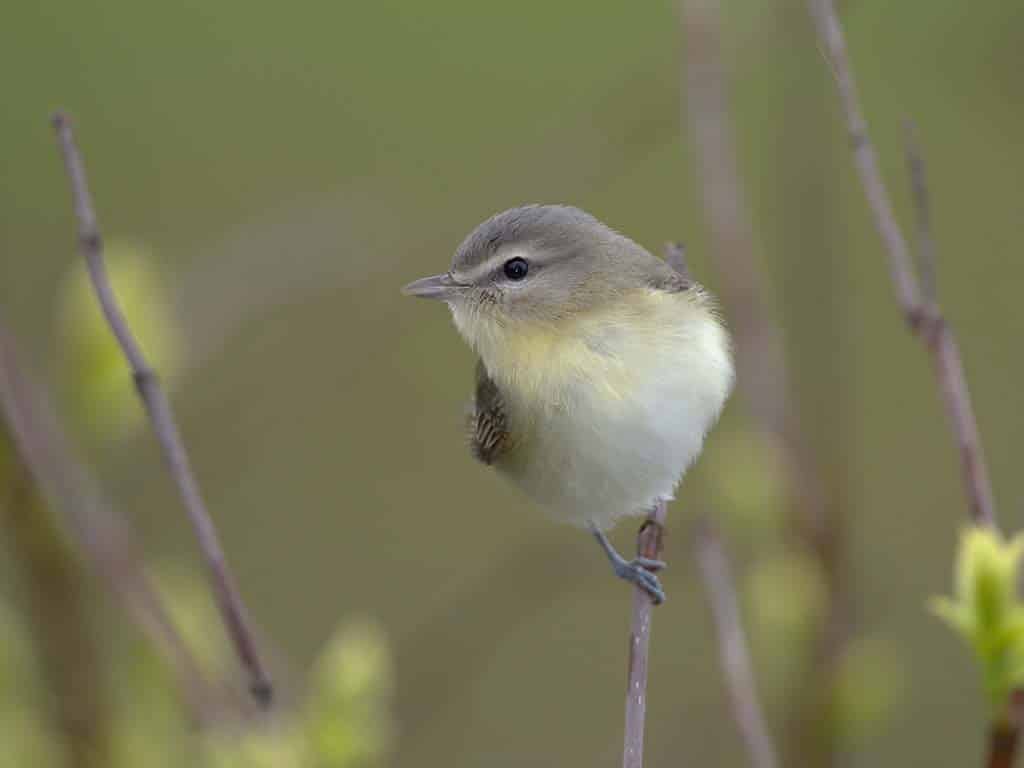
The Philadelphia Vireo (Vireo philadelphicus) is a master of understatement in the world of yellow birds in Ohio. With its soft yellow underparts and olive-gray upperparts, this small songbird might not immediately catch your eye, but its sweet, rolling song is unmistakable.
Key Facts:
- Length: 4.3-5.1 inches
- Habitat: Deciduous and mixed forests
- Diet: Insects and small fruits
- Best time to spot: During spring and fall migrations
Yellow-throated Vireo: Bold and Beautiful
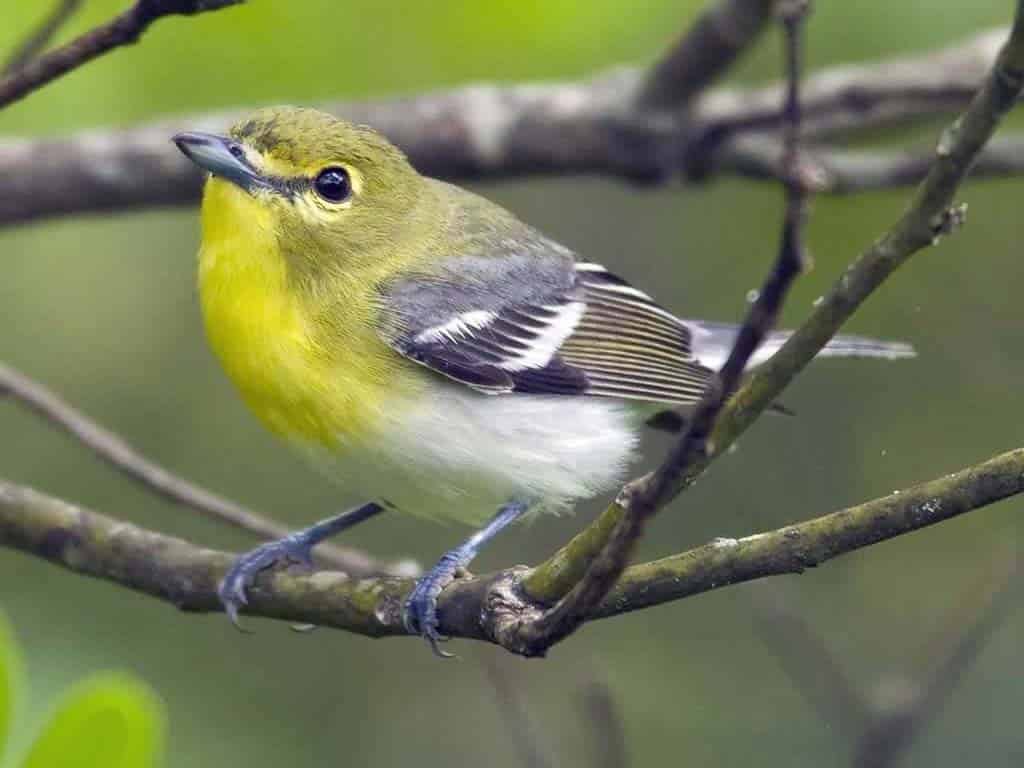
In contrast to its more subdued cousin, the Yellow-throated Vireo (Vireo flavifrons) sports a vibrant yellow throat and breast that make it stand out among the foliage. This Ohio wildlife gem is a joy to observe, especially when it’s foraging high in the canopy.
Key Facts:
- Length: 5.1-5.9 inches
- Habitat: Mature deciduous forests
- Diet: Primarily insects, especially caterpillars
- Distinctive feature: Bold yellow spectacles around eyes
“The Yellow-throated Vireo’s song is like a robin with a sore throat,” – Pete Dunne, renowned birder and author.
Check this out Why Don’t I Hear Mourning Doves Anymore? Reasons
Finches: Tiny Titans with Golden Plumage (yellow birds in ohio)
American Goldfinch: Ohio’s Flying Sunflower
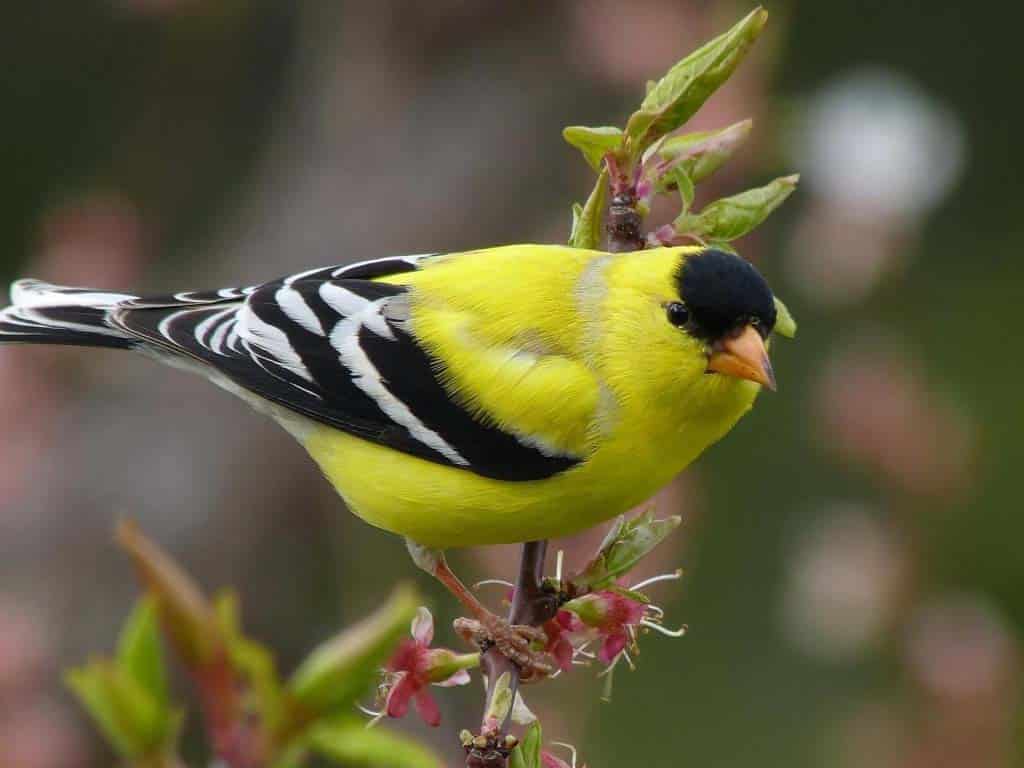
The American Goldfinch (Spinus tristis) is perhaps the most recognizable of Ohio’s yellow birds. These cheerful little finches are a common sight at bird feeders across the state, especially in summer when the males don their bright yellow breeding plumage.
Nesting Behaviors:
- Nest building begins late in the season, often in July
- Females construct nests using plant fibers and spider silk
- Clutch size: 2-7 eggs
- Incubation period: 12-14 days
Evening Grosbeak: The Sporadic Winter Visitor

The Evening Grosbeak (Coccothraustes vespertinus) is a treat for Ohio birdwatchers, especially during winter irruptions. These stocky finches bring a burst of color to winter feeders with their bold yellow, black, and white plumage.
Migration Patterns:
- Irregular winter visitor to Ohio
- Movements influenced by food availability in northern breeding grounds
- Can appear in large flocks during irruption years
Check this out Parrots in Florida – Complete Guide To Wild Parakeets In Florida
Blackbirds: Yellow Accents in the Fields (yellow birds in ohio)
Eastern Meadowlark: Songster of the Prairies
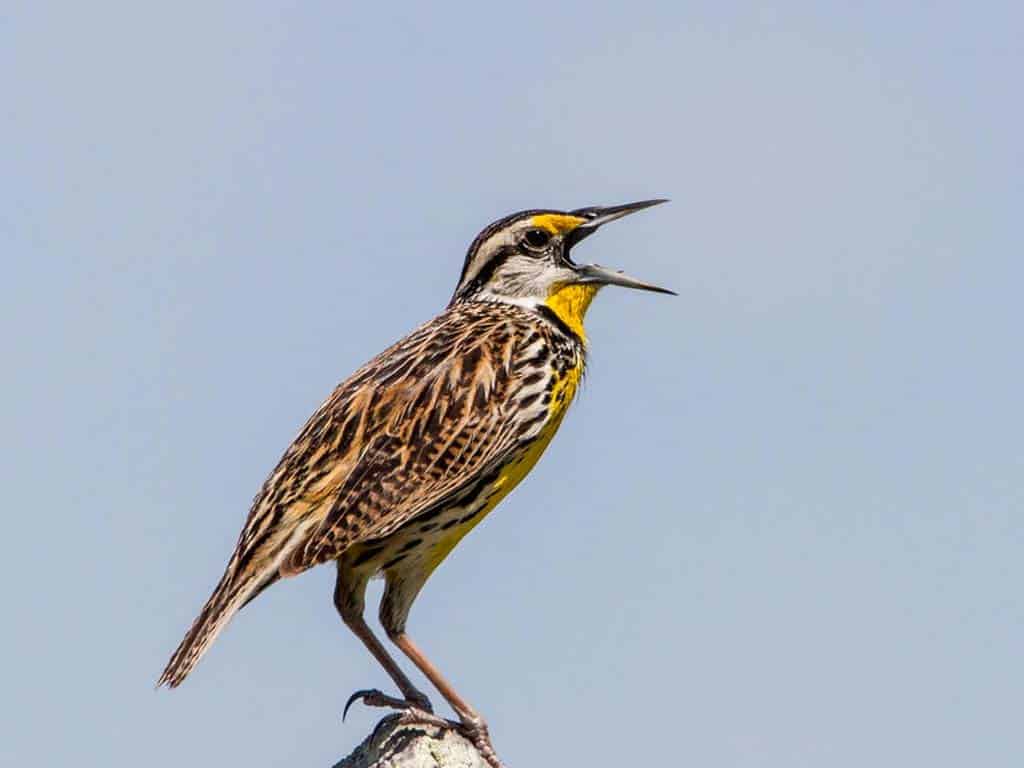
The Eastern Meadowlark (Sturnella magna) is a quintessential bird of Ohio’s grasslands and agricultural areas. Its bright yellow breast adorned with a distinctive black “V” makes it a standout among yellow birds in Ohio.
Bird Calls and Songs:
- Clear, flute-like whistle often described as “Spring-of-the-year”
- Males sing from exposed perches to defend territory and attract mates
- Repertoire of up to 100 different song variations
Western Meadowlark: The Rare Ohio Guest
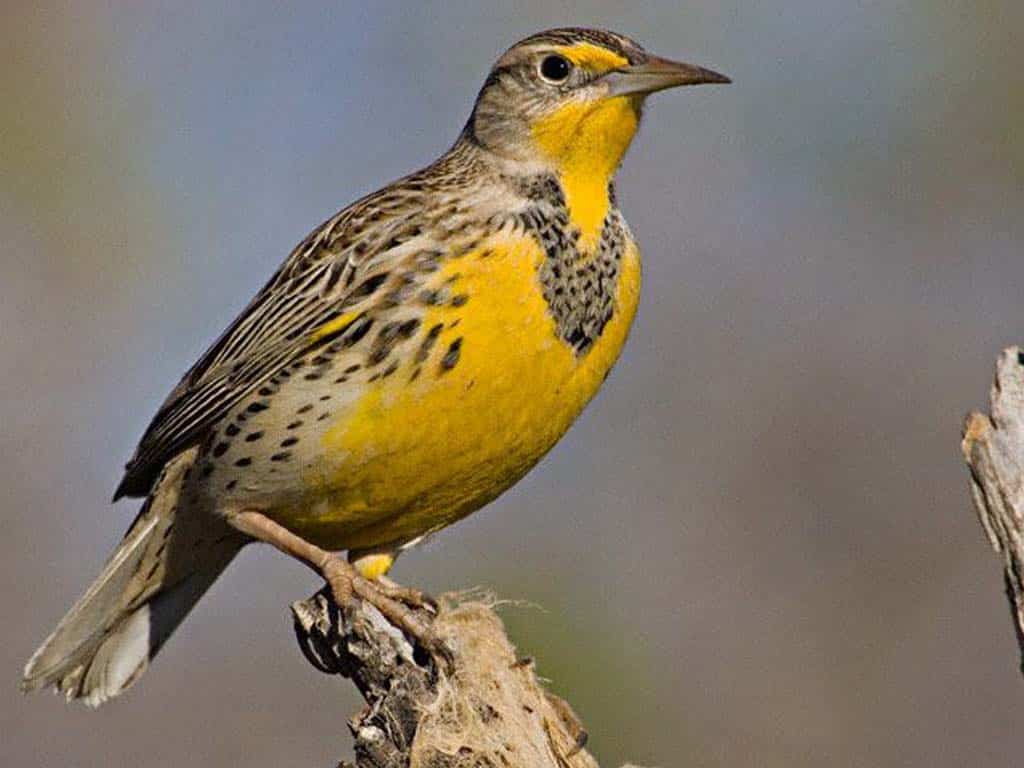
While the Western Meadowlark (Sturnella neglecta) is more common in states west of Ohio, it occasionally makes appearances in the Buckeye State. Telling it apart from its eastern cousin can be a challenge for even experienced birders.
Identification Tips:
- Listen for the difference in song – Western has a more complex, flute-like melody
- Check the malar (cheek) region – Western tends to have more yellow
- Observe tail patterns – Western shows more white on outer tail feathers in flight
Check this out Why Do Hawks Screech? The Surprising Truth
Yellow-headed Blackbird: A Striking Marsh Dweller
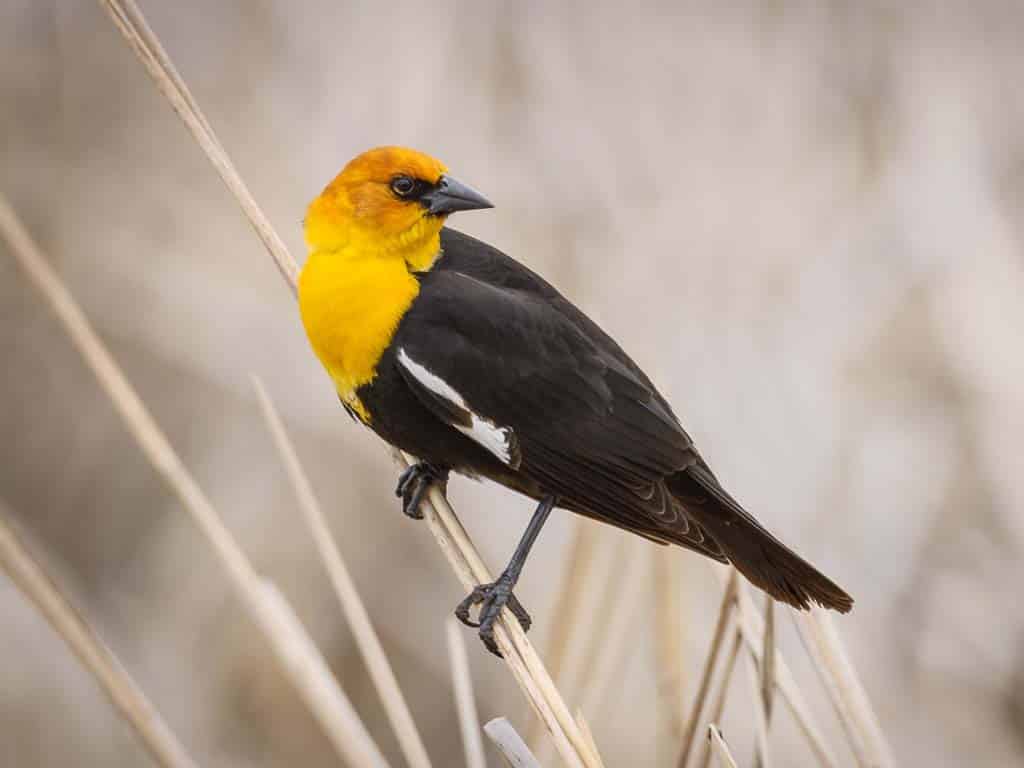
The Yellow-headed Blackbird (Xanthocephalus xanthocephalus) is a rare but unforgettable sight in Ohio’s wetlands. Its vibrant yellow head and breast contrasting with a black body make it one of the most striking yellow bird species in the state.
Ohio Sightings:
- Rare but regular visitor, especially in western Ohio
- Prefer cattail marshes and wetlands
- Best time to spot: During spring migration (April-May)
Warblers: Ohio’s Yellow-Hued Jewels
Ohio is a warbler wonderland, especially during spring and fall migrations. Many of these tiny, colorful birds feature yellow in their plumage, making them a favorite among birdwatchers seeking to add yellow birds in Ohio to their life lists.
Forest Floor Dwellers (yellow birds in ohio)
Kentucky Warbler: The Woodland Skulker
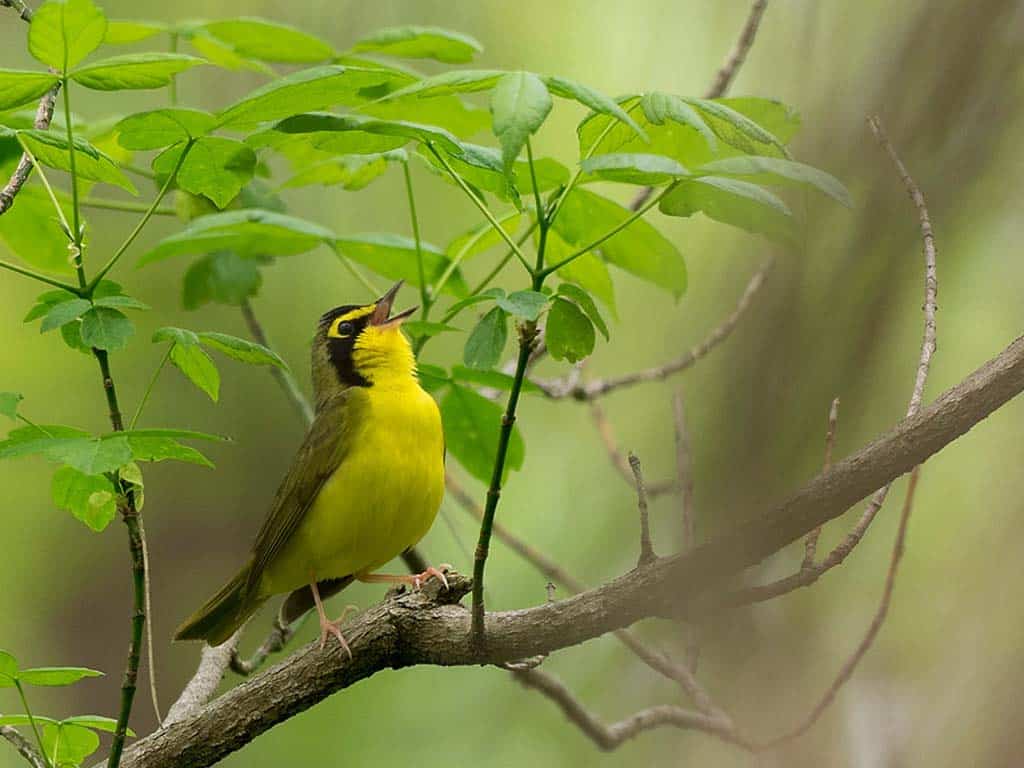
The Kentucky Warbler (Geothlypis formosa) is a secretive bird of the forest understory. Its bright yellow underparts and distinctive black “sideburns” make it a prized sighting for Ohio birders.
Habitat Preferences:
- Moist, deciduous forests with dense undergrowth
- Often found near streams or in ravines
- Forages on or near the ground for insects
Check this out Are Penguins Friendly Or Are Penguins Dangerous?
Connecticut Warbler: Elusive Fall Migrant
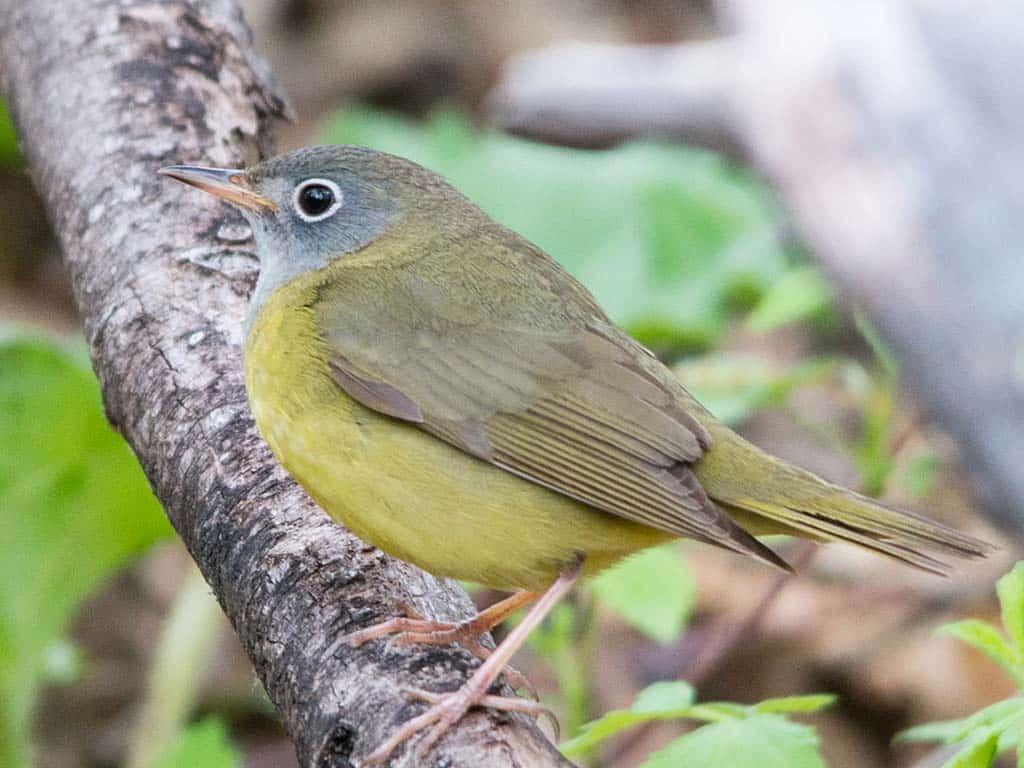
One of the most challenging warblers to spot, the Connecticut Warbler (Oporornis agilis) is primarily a fall migrant through Ohio. Its yellow underparts and distinctive eye-ring make it worth the effort to find.
Migration Strategy:
- Follows a different route in spring and fall
- More likely to be seen in Ohio during fall migration
- Prefers dense undergrowth, making observation difficult
Canopy Dancers (yellow birds in ohio)
Yellow Warbler: The Summer Sunshine Bird
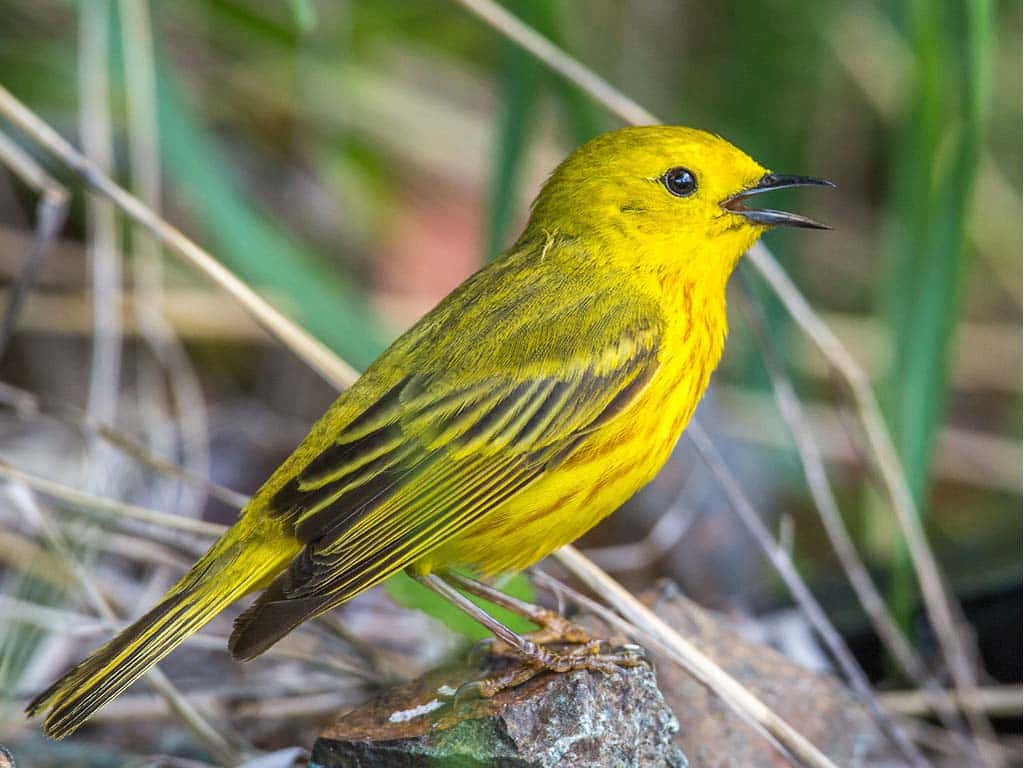
The Yellow Warbler (Setophaga petechia) is one of the brightest spots in Ohio’s summer landscape. These all-yellow birds with reddish streaks on their breasts are common in shrubby areas near water.
Breeding Season Facts:
- Arrive in Ohio in late April to early May
- Males sing a cheerful “Sweet-sweet-sweet, I’m so sweet” song
- Often fall victim to Brown-headed Cowbird parasitism
Prothonotary Warbler: Golden Swamp Fairy
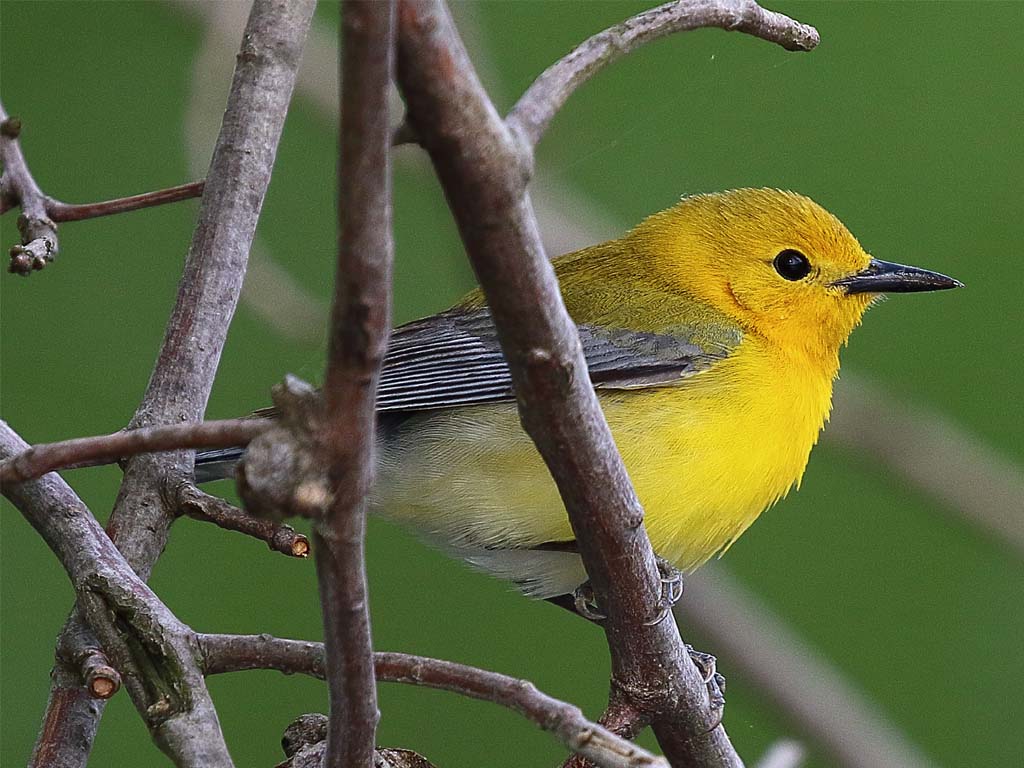
The Prothonotary Warbler (Protonotaria citrea) is a gem of Ohio’s swampy forests. Its brilliant golden-yellow head and underparts make it unmistakable among yellow birds in Ohio.
Conservation Status:
- Species of concern due to habitat loss
- Prefer flooded forests and swamps
- One of the few warblers that nest in tree cavities
Check this out Why Do Crows Chase Hawks? Do Crows Hate Hawks?
Brush and Thicket Experts
Common Yellowthroat: The Masked Bandit
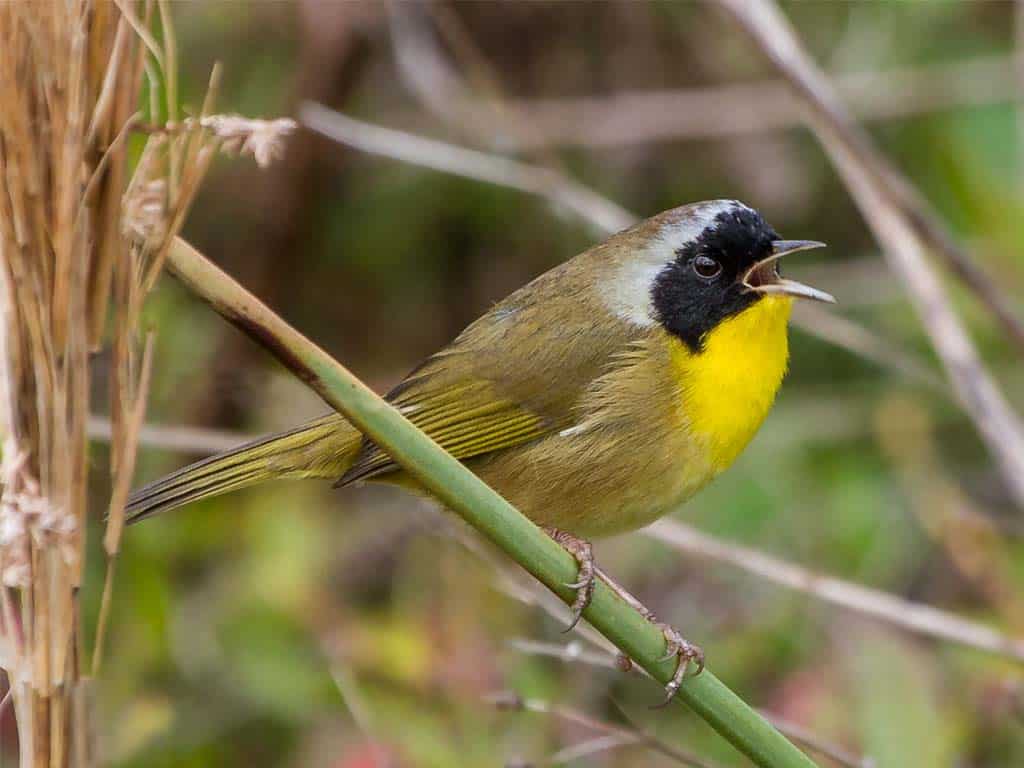
The Common Yellowthroat (Geothlypis trichas) is a widespread warbler found in a variety of habitats across Ohio. Males sport a distinctive black mask that contrasts sharply with their bright yellow throat and breast.
Nesting Behaviors:
- Build nests low to the ground in dense vegetation
- Females lay 3-5 eggs per clutch
- Both parents feed the young, which fledge after 8-10 days
Hooded Warbler: Black-Capped Beauty
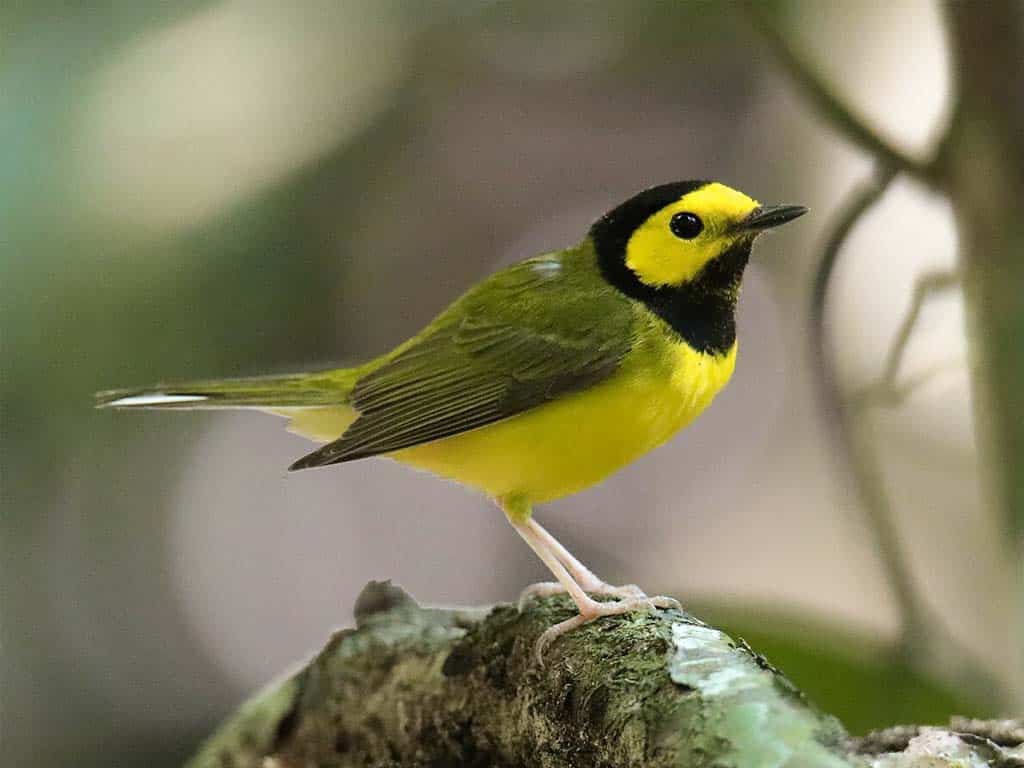
The Hooded Warbler (Setophaga citrina) is a striking bird of the forest understory. Males feature a bold black hood and throat that frames their bright yellow face, creating a unique and unforgettable appearance.
Forest Habitats:
- Prefer mature deciduous forests with gaps and dense understory
- Often found in areas with patches of pawpaw trees
- Territory size ranges from 1-2 acres
Migratory Marvels (yellow birds in ohio)
Magnolia Warbler: The Tiger-Striped Wonder
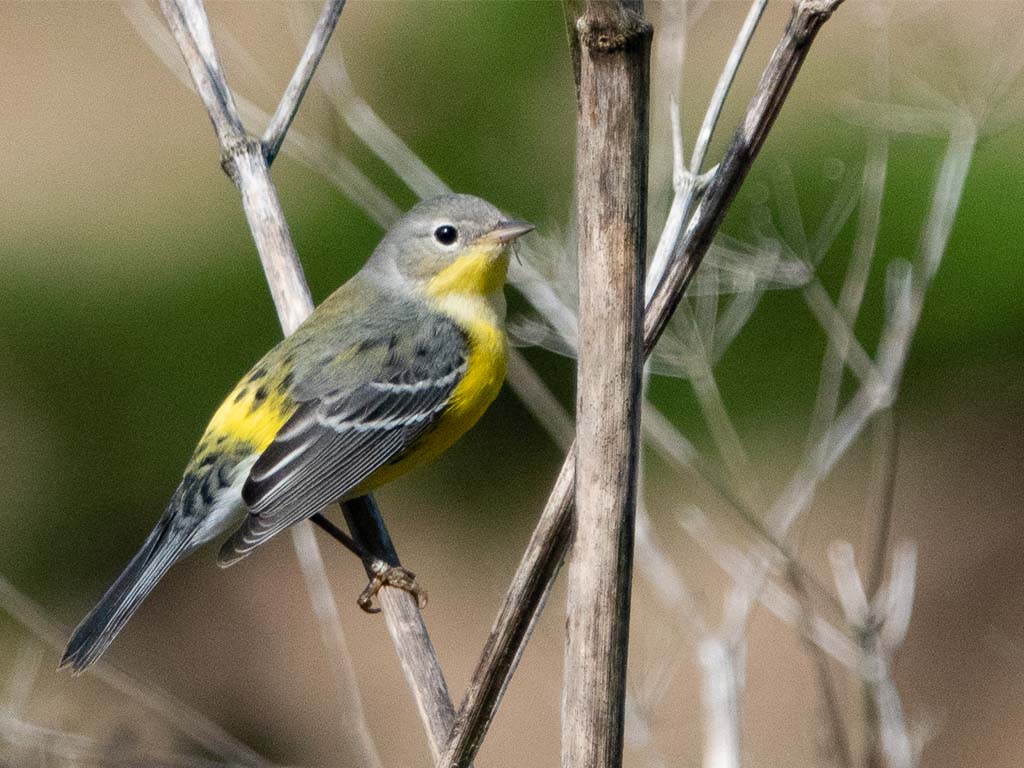
The Magnolia Warbler (Setophaga magnolia) is a feast for the eyes with its bold yellow underparts streaked with black, reminiscent of a tiny tiger. These yellow birds in Ohio are primarily seen during spring and fall migrations.
Migration Patterns:
- Spring migration peaks in mid-May
- Fall migration occurs from late August to early October
- Often join mixed-species foraging flocks during migration
Canada Warbler: Necklaced Northern Gem
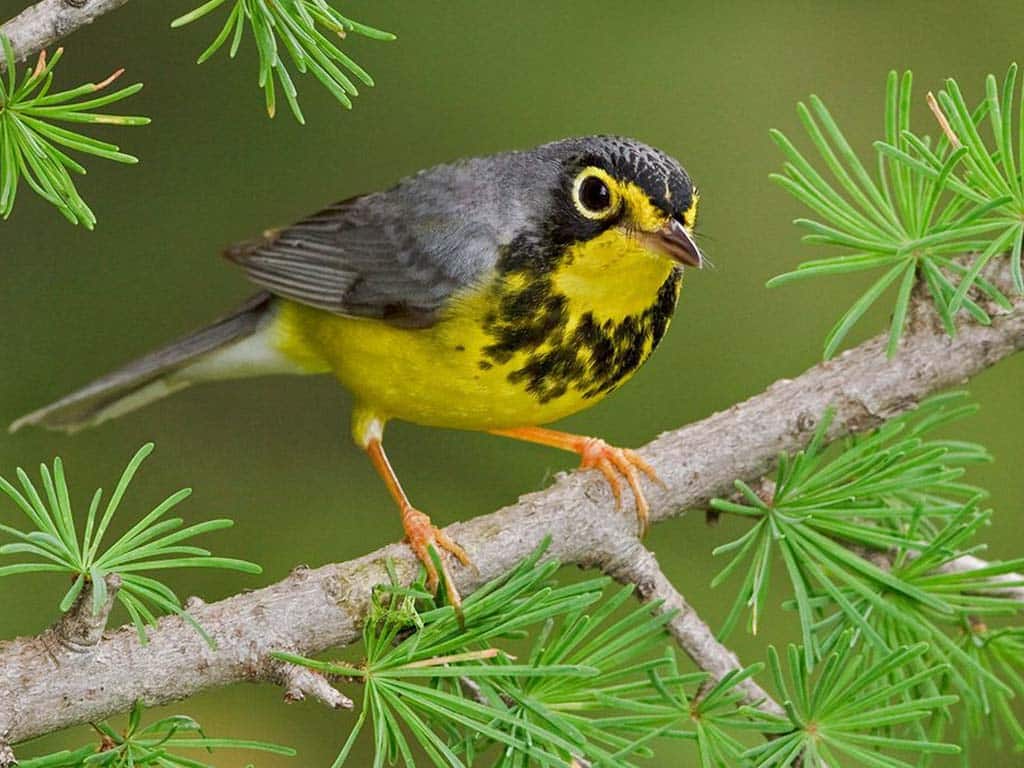
The Canada Warbler (Cardellina canadensis) is known for its distinctive necklace of black streaks on a bright yellow breast. While it breeds further north, Ohio provides crucial stopover habitat during migrations.
Ohio Birding Hotspots for Canada Warbler:
- Magee Marsh Wildlife Area
- Headlands Beach State Park
- Cuyahoga Valley National Park
- Shawnee State Forest
Habitat Specialists (yellow birds in ohio)
Blue-winged Warbler: The Golden-Crowned Whistler
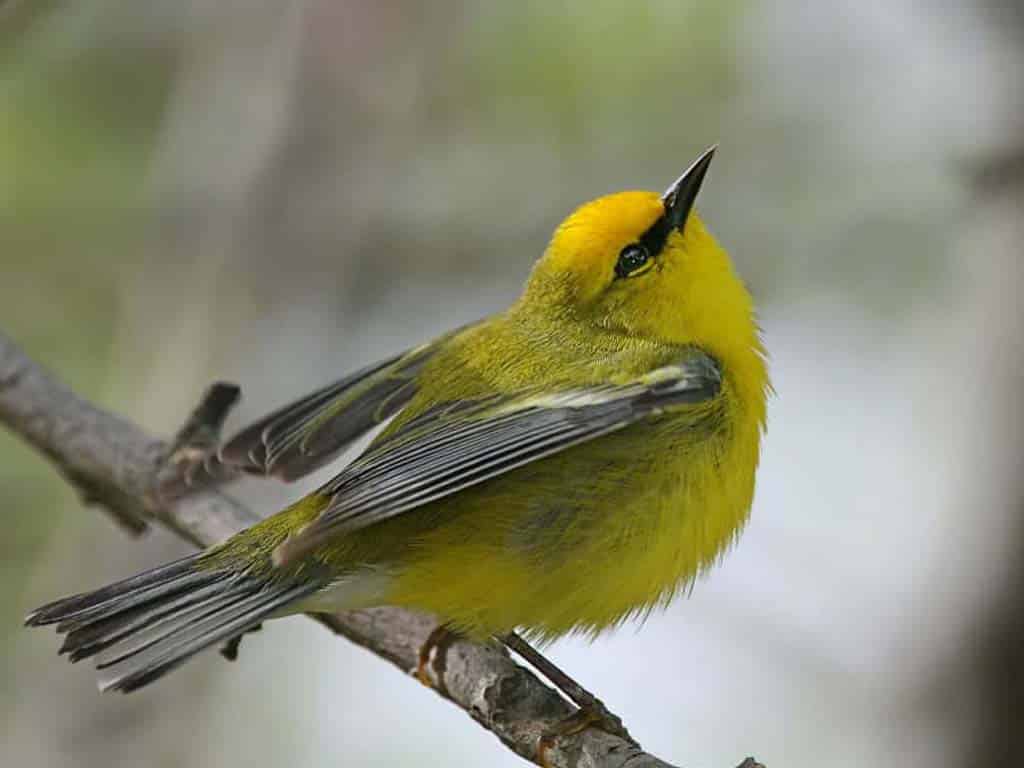
The Blue-winged Warbler (Vermivora cyanoptera) is a study in contrasts, with its golden-yellow body offset by blue-gray wings and a black eye-line. These birds are specialists of early successional habitats.
Conservation Concerns:
- Hybridization with closely related Golden-winged Warbler
- Habitat loss due to forest maturation and development
- Requires management to maintain suitable breeding areas
Pine Warbler: Evergreen Aficionado
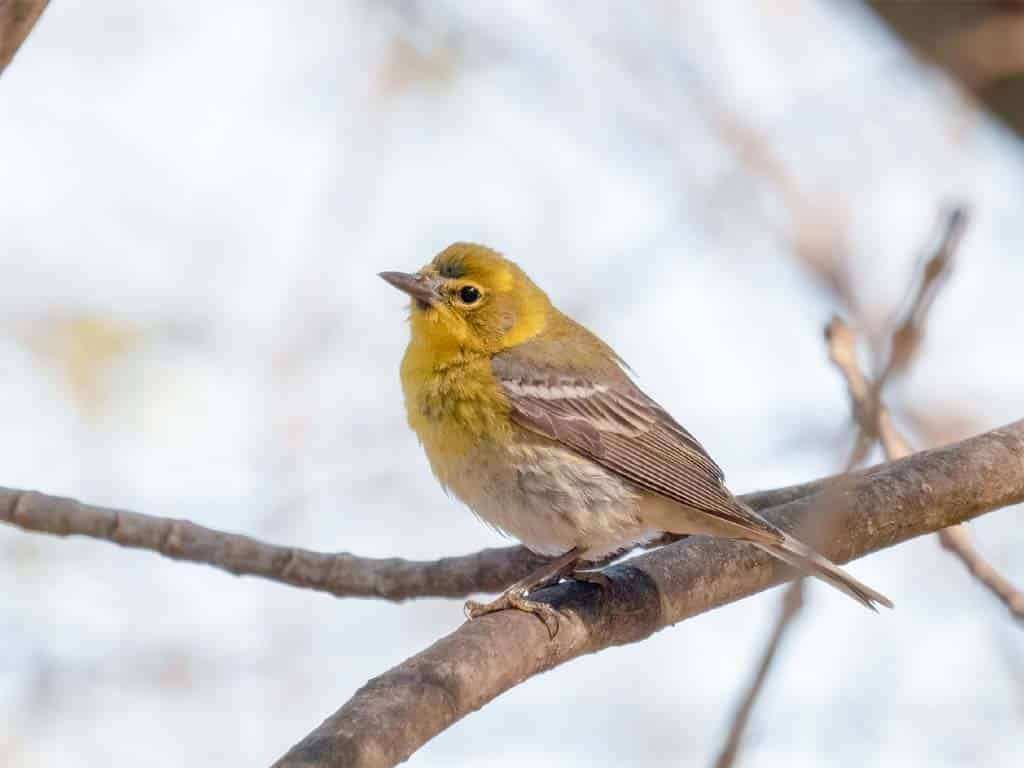
The Pine Warbler (Setophaga pinus) is one of the earliest warblers to return to Ohio in spring. As its name suggests, it has a strong affinity for pine forests, where its yellow plumage blends perfectly with sun-dappled needles.
Adaptations to Pine Habitats:
- Longer, stronger legs for climbing and foraging on pine trunks and cones
- Thicker, more robust bill for prying seeds from pine cones
- One of the few warblers that will visit bird feeders, especially for suet
Colorful Transients (yellow birds in ohio)
Cape May Warbler: The Tiger-Striped Sprite
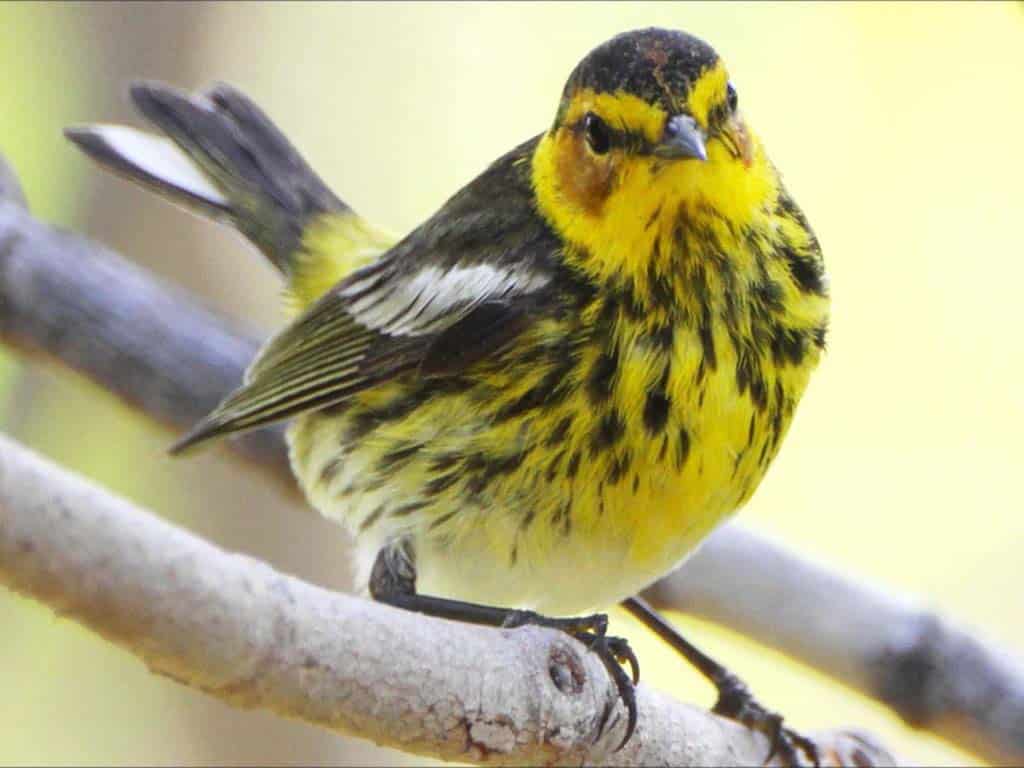
The Cape May Warbler (Setophaga tigrina) is a stunning migrant that passes through Ohio each spring and fall. Its tiger-striped yellow breast and chestnut cheek patch make it a favorite among birdwatchers.
Spring vs. Fall Plumage:
- Spring males are brightly colored with bold stripes
- Fall birds and females are more subdued, with a yellowish wash and fainter streaking
Nashville Warbler: The Gray-Capped Charmer

The Nashville Warbler (Leiothlypis ruficapilla) is a small but charismatic warbler with a bright yellow throat and breast, contrasting with its gray head and white eye-ring.
Identifying Features:
- Lack of wing bars distinguishes it from similar yellow warblers
- Males have a rusty cap that is often concealed
- Sharp, thin bill adapted for gleaning insects from foliage
Ground-Foraging Gems (yellow birds in ohio)
Palm Warbler: The Tail-Pumping Traveler
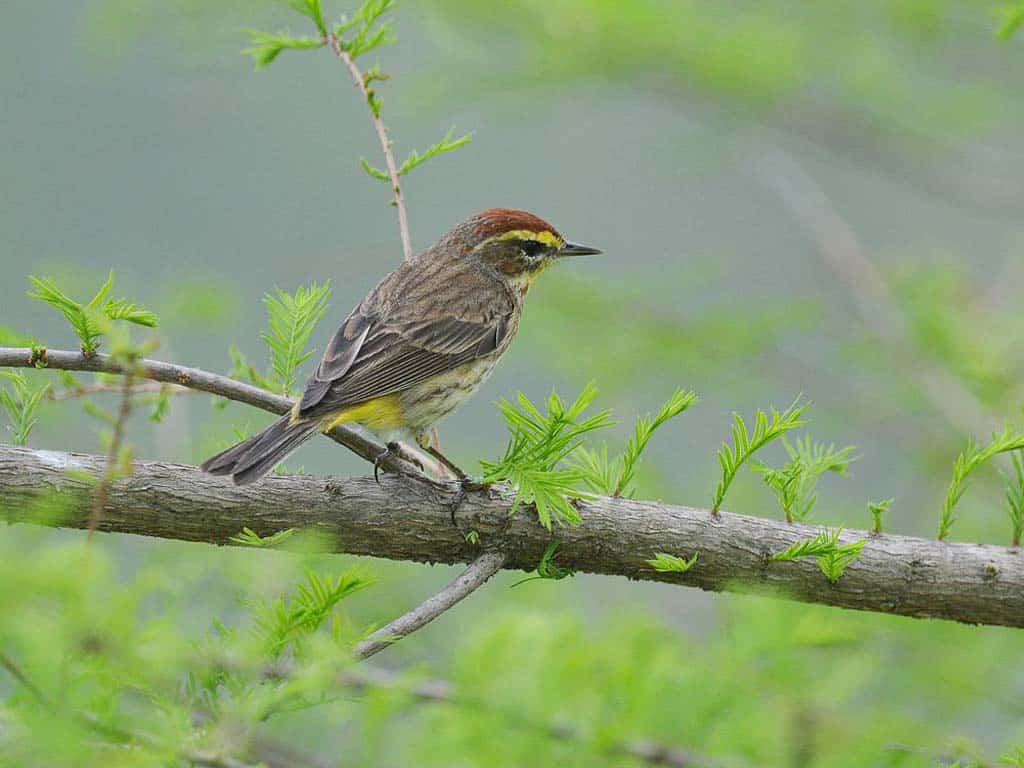
The Palm Warbler (Setophaga palmarum) is known for its constant tail-pumping behavior. These yellow birds in Ohio are often seen foraging on the ground, unlike many of their treetop-dwelling relatives.
Subspecies in Ohio:
- Western Palm Warbler: Duller overall, with subtle yellow undertail coverts
- Yellow Palm Warbler: Brighter yellow, especially on the underparts
Mourning Warbler: Secretive Gray-Hooded Beauty

The Mourning Warbler (Geothlypis philadelphia) is one of the most elusive warblers to spot in Ohio. Its combination of a gray hood, yellow underparts, and secretive nature make it a prized sighting for any birder.
Birdwatching Tips for Mourning Warbler:
- Listen for its distinctive rolling song
- Search dense undergrowth in forest clearings and edges
- Be patient and still; these birds often reveal themselves if you wait quietly
Late Season Lingerers (yellow birds in ohio)
Wilson’s Warbler: The Capped Cutie
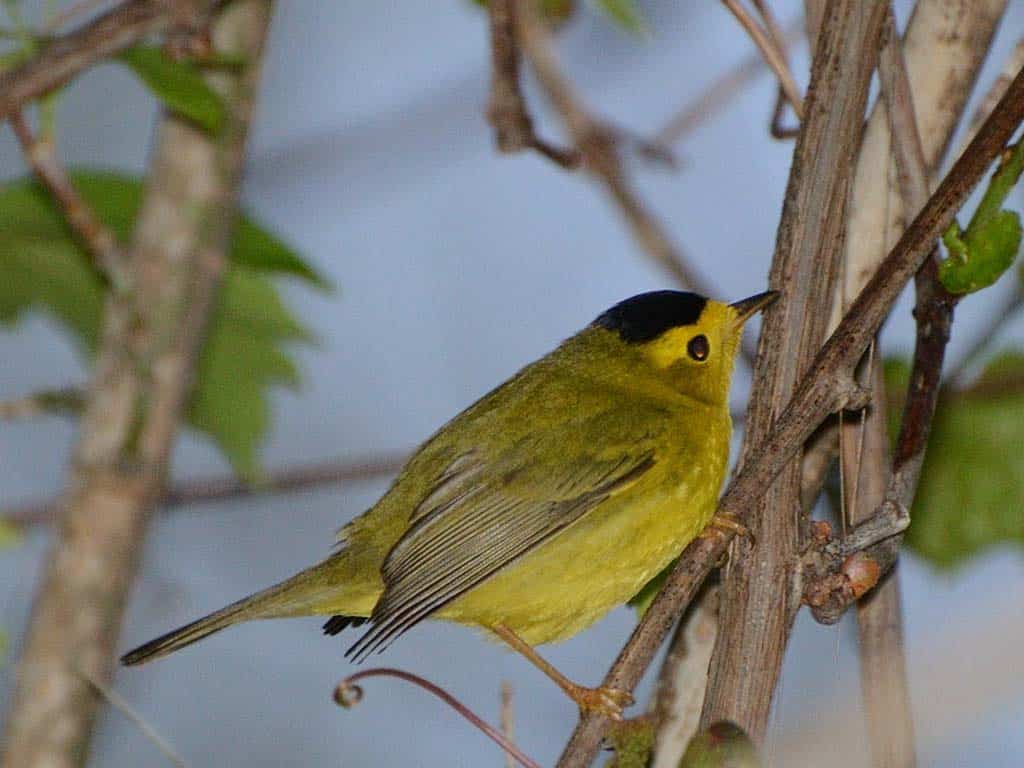
The Wilson’s Warbler (Cardellina pusilla) is a late migrant through Ohio, often seen when many other warblers have already passed through. Its bright yellow plumage and distinctive black cap (on males) make it a charming sight.
Fall Migration Behavior:
- Often joins mixed-species foraging flocks
- Frequents shrubby areas and forest edges
- Can be seen well into October in some years
Yellow-rumped Warbler: The Butter-Butted Myrtle
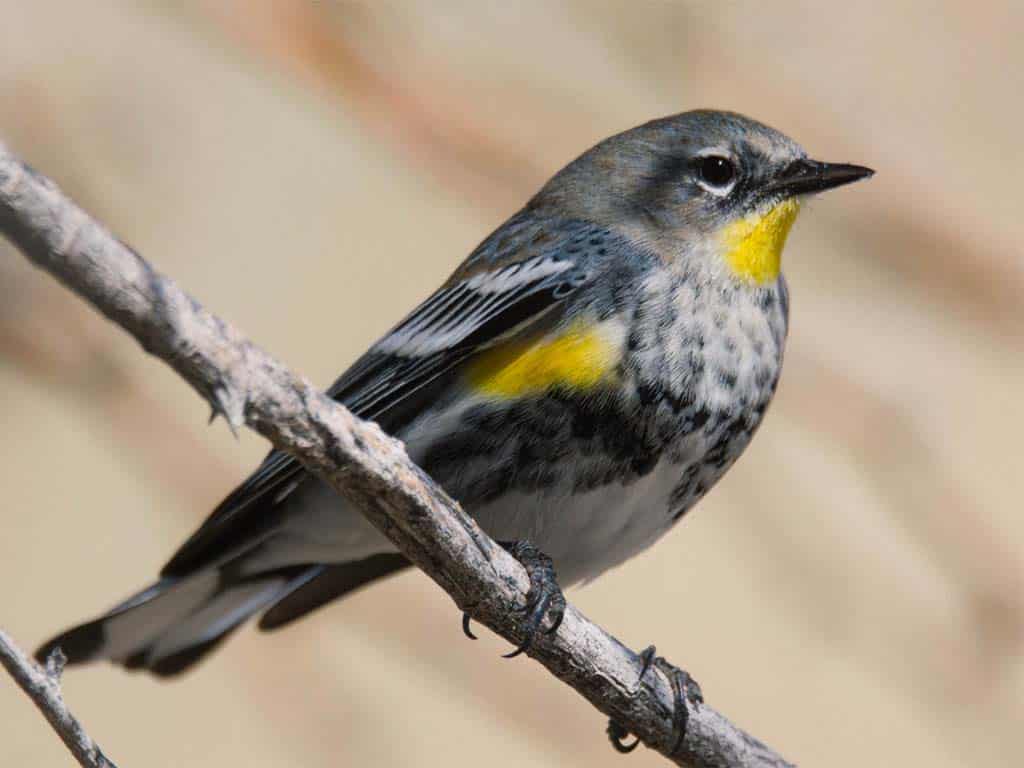
The Yellow-rumped Warbler (Setophaga coronata) is one of the hardiest warblers, often staying in Ohio well into the winter months. Its yellow rump patch is visible in all plumages, earning it the nickname “butter-butt” among birders.
Winter Survival Strategies:
- Ability to digest wax myrtle berries and poison ivy fruits
- Flocking behavior for increased foraging efficiency
- Utilization of a variety of habitats, including suburban areas
Cardinals and Grosbeaks: Unexpected Yellow Surprises (yellow birds in ohio)
Dickcissel: The Prairie Canary of Ohio

The Dickcissel (Spiza americana) is a grassland specialist that brings a touch of the prairie to Ohio’s agricultural landscapes. While not entirely yellow, its bright yellow breast and black bib make it a standout among Ohio bird species.
Population Trends:
- Numbers fluctuate widely from year to year
- Sensitive to changes in agricultural practices
- Conservation efforts focus on maintaining suitable grassland habitats
Conservation and Habitat Protection
The diversity of yellow birds in Ohio is a testament to the state’s varied ecosystems. However, many of these species face challenges due to habitat loss, climate change, and other human activities.
Conservation Actions:
- Protect and restore wetlands, forests, and grasslands
- Implement bird-friendly agricultural practices
- Reduce window collisions in urban areas
- Support local and national bird conservation organizations
Creating Bird-Friendly Spaces (yellow birds in ohio)
Homeowners and community members can play a crucial role in supporting Ohio wildlife, including yellow birds.
Tips for Bird-Friendly Yards:
- Plant native species that provide food and shelter
- Maintain a diverse landscape with layers of vegetation
- Provide clean water sources, such as birdbaths or small ponds
- Reduce or eliminate pesticide use
Citizen Science Opportunities (yellow birds in ohio)
Birdwatchers can contribute to scientific understanding and conservation efforts through various citizen science projects.
Popular Citizen Science Programs:
- eBird – Report bird sightings and help track population trends
- Project FeederWatch – Monitor birds at backyard feeders
- Breeding Bird Survey – Assist with annual breeding bird counts
- Ohio Breeding Bird Atlas – Contribute to statewide mapping of breeding birds
Birdwatching Tips and Ethics
Observing yellow birds in Ohio can be a rewarding experience, but it’s important to practice responsible birdwatching.
Ethical Birdwatching Guidelines:
- Keep a respectful distance from birds and nests
- Use recordings sparingly, especially during breeding season
- Stay on designated trails to minimize habitat disturbance
- Follow local regulations and respect private property
Essential Gear for Ohio Birders
Equipping yourself with the right tools can enhance your birdwatching experience and improve your chances of yellow bird identification.
Recommended Gear:
- Quality binoculars (8×42 or 10×42 are popular choices)
- Field guide specific to Ohio or Eastern North America
- Smartphone apps for bird identification and tracking
- Weather-appropriate clothing and comfortable walking shoes
Conclusion:
Ohio’s yellow birds offer a vibrant testament to the state’s rich biodiversity. From the common American Goldfinch to the rare Prothonotary Warbler, these species bring color, song, and life to Ohio’s varied habitats. By understanding and appreciating these beautiful creatures, we can all play a part in ensuring their continued presence in the Buckeye State.
Whether you’re an avid birder or simply enjoy the natural world, taking time to observe and learn about Ohio’s yellow birds can be a rewarding experience. Each sighting, each moment spent in nature, contributes to a greater appreciation for Ohio’s wildlife. This connection fosters a sense of stewardship, encouraging us to protect and preserve these yellow jewels for generations to come.
As we face environmental challenges, including habitat loss and climate change, our efforts to conserve Ohio’s yellow birds become increasingly important. By supporting conservation initiatives, participating in citizen science projects, and creating bird-friendly spaces in our own backyards, we can make a real difference in the lives of these remarkable creatures.
So grab your binoculars, head outdoors, and discover the sunshine on wings that awaits in Ohio’s forests, fields, and wetlands. The golden aviary of Ohio is waiting to be explored, offering endless opportunities for wonder, learning, and connection with the natural world. Let the cheerful songs and brilliant plumages of Ohio’s yellow birds inspire you to become a steward of the state’s rich natural heritage.


